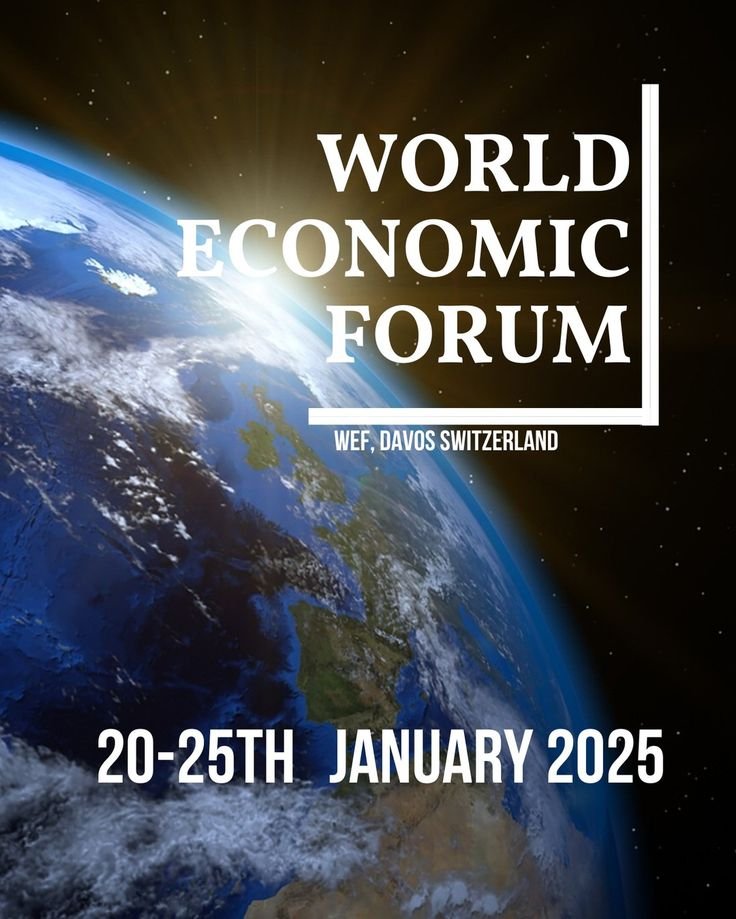The world is undergoing significant transformations in 2025, driven by natural disasters, economic shifts, and geopolitical maneuvering. This Global News Roundup highlights the most pressing stories shaping our planet today. From the devastating floods in Texas to the World Bank’s updated poverty thresholds, we explore pivotal global developments and their implications.
H2 – Catastrophic Flooding in Texas
Extreme flooding continues to ravage Central Texas, causing widespread devastation. Over 100 lives have been lost, and rescue operations are ongoing as hundreds more remain missing. Officials are urging residents to avoid the most affected areas to facilitate search and recovery efforts. With infrastructure severely damaged, emergency services are struggling to reach isolated communities. The current disaster is a stark reminder of climate change’s intensifying impacts, underscoring the urgent need for sustainable urban planning and disaster preparedness.
Key Points:
- Rescue operations focus on isolated regions.
- Federal agencies are deploying additional resources to aid recovery efforts.
- Climate experts highlight the need for advanced flood management systems.
H2 – Global Economic Shifts and Poverty Updates
The World Bank recently published its July 2025 update to the World Development Indicators (WDI), introducing crucial changes to poverty measurement methods. Notably, the extreme poverty threshold has risen from $2.15 per day to $3.00, reflecting 2021 Purchasing Power Parity (PPP) standards. These adjustments aim to better account for inflation and contemporary consumption patterns, making poverty statistics more relevant globally.
This change has revealed critical insights:
- Increased poverty in low-income nations, particularly in Sub-Saharan Africa.
- Slight reductions in extreme poverty rates in South Asia due to stronger economic growth.
- A demand for heightened international aid to tackle the rising challenge of inequality.
Simultaneously, global trade continues its recovery, aided by increasing demand for both manufactured goods and services. Nations like India and Vietnam report accelerated economic growth, bolstered by robust export performance. However, supply chain disruptions persist in specific regions due to geopolitical tensions.
H2 – Rising Geopolitical Tensions
H3 – Israeli–Palestinian Conflict Intensifies
Violence escalated following an Israeli airstrike in Gaza on July 10, resulting in over 16 civilian casualties, including women and children waiting for humanitarian assistance. Efforts toward negotiating a ceasefire, led by global leaders, have encountered significant roadblocks, with both sides refusing to back down. The humanitarian crisis in Gaza has left thousands displaced, further compounding regional instability.
H3 – U.S. and China Confront Trade Disputes
Trade relations between the United States and China hit another low after the announcement of new tariffs by both governments. The tension stems from disputes over technology sharing and national security concerns. Companies operating internationally are bracing for economic repercussions, as these strained relations could disrupt global supply networks.
Other Geopolitical Highlights:
- NATO bolsters its presence in Eastern Europe amidst ongoing tensions with Russia.
- Protests erupt in Argentina over austerity measures, paralyzing the nation’s capital.
H2 – Child Malnutrition Trends
The latest data from the World Bank WDI sheds light on child health and malnutrition. New sex-disaggregated indicators reveal a slight global decline in child stunting rates, albeit with notable disparities across regions.
- Global evidence shows childhood stunting rates dropping from 35% a decade ago to under 25% in 2025.
- Regions like South Asia and Sub-Saharan Africa still combat higher malnutrition rates, with boys more affected than girls in certain areas.
- Overweight prevalence in children is gradually rising worldwide, raising concerns about shifts in dietary habits and lifestyle changes.
With tailored interventions, these statistics provide actionable insights into how to address specific vulnerabilities in nutrition programs, particularly in the most affected areas.
H2 – International Aid Increasing in Ukraine
Global aid commitments to Ukraine continue to rise amidst continuing conflict with Russia. The United States and allies recently pledged an additional $15 billion in financial and humanitarian aid. These funds aim to provide medical supplies, shelter for displaced residents, and aid to restore critical infrastructure destroyed by war.
Additionally, NATO member countries have recommitted to providing defensive equipment, despite mounting concerns about escalating tensions. The focus remains on stabilizing Ukraine’s economy and addressing the growing refugee crisis in neighboring nations.
Notable Support Initiatives:
- The European Union’s expedited refugee integration program.
- Non-governmental organizations aiding displaced families with sustenance and goods.
H2 – Sustainable Business Growth Post-Pandemic
The aftermath of the COVID-19 pandemic has led to a shift in corporate priorities. Businesses worldwide are adopting sustainable practices, leveraging digital technologies, and fostering resilience against disruptions. Insights from the World Bank’s Enterprise Surveys reveal the following trends:
- Digitalization: An increasing number of firms are leveraging electronic tax systems and carbon emission monitoring tools.
- Sustainability Focus: Private companies are prioritizing eco-friendly production methods in response to consumer demand.
- Resilience: Businesses are reinvesting in workforce development to mitigate supply chain risks.
This global shift illustrates the growing importance of aligning corporate strategies with environmental and societal well-being.
H2 – Looking Ahead: Navigating Challenges in 2025
The year 2025 is proving to be a momentous period for global developments. From natural disasters to evolving economic frameworks, the world grapples with challenges that demand swift international cooperation.
H3 – Key Takeaways:
- Disasters like the Texas floods exemplify the immediate need for improved disaster management strategies.
- Geopolitical conflicts underscore the critical role of diplomacy in maintaining global security.
- Updated poverty measurements provide a clearer view of inequality, driving targeted interventions.
The global community must prioritize collaboration, sustainability, and empathy to address ongoing and emerging challenges effectively.


